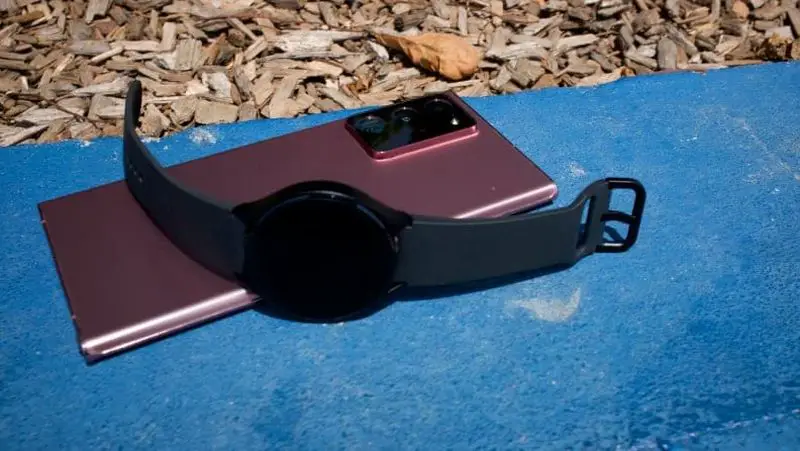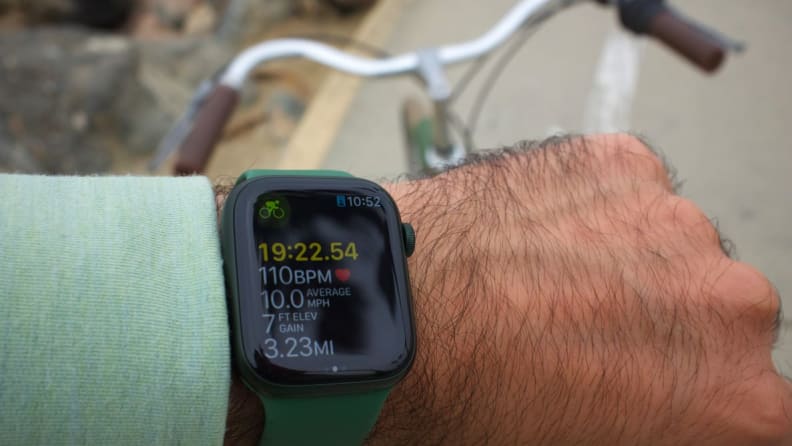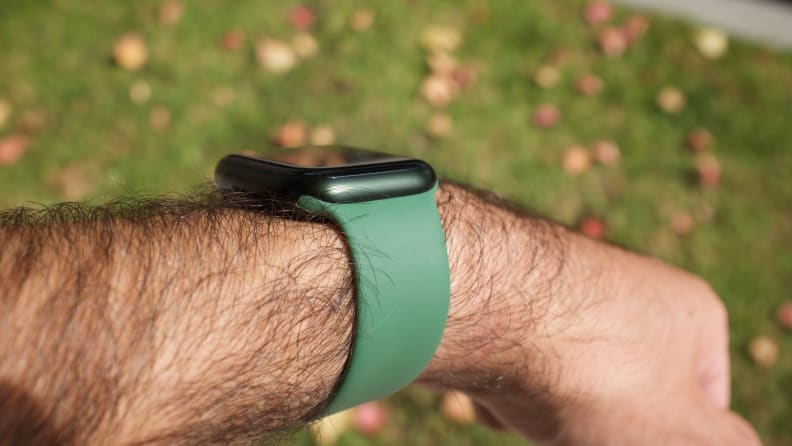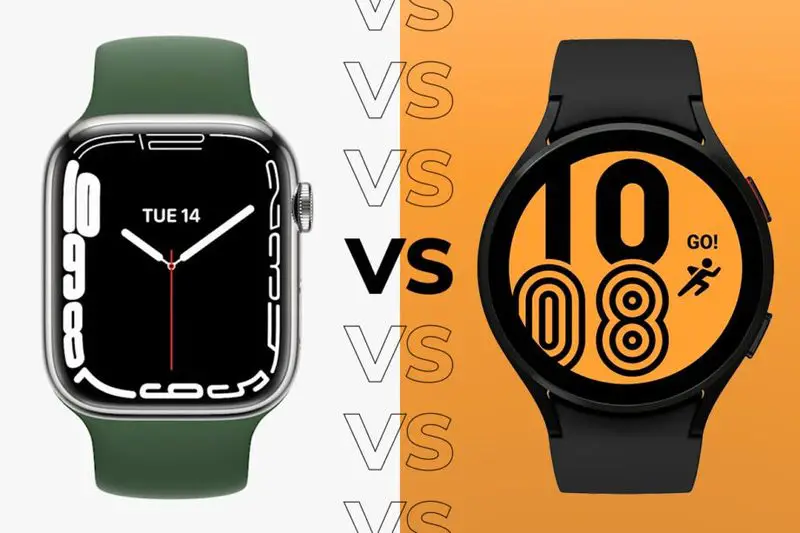The garden’s walls are rising. While it’s always been a hassle to change platforms, the addition of more expensive accessories like smartwatches and wireless earbuds that only work with particular devices has made the transition even harder.
Neither the Apple Watch Series 7 nor Samsung’s Galaxy Watch 4 are cross-platform, so while their high price tags will provide you with some useful features like sleep monitoring and timely alerts, they’ll also serve as another incentive to stick to your own platform. If you’re going to spend a lot of money on a smartwatch, it should be able to keep up with your demands.
Apple Watch Series 7 vs Samsung Galaxy Watch 4: Device Support
It’s the first Samsung smartwatch to require a Samsung smartphone for full functionality. Although it works with other Android devices, such as the Google Pixel 6, you’ll have to download a few extra applications during setup. The Galaxy Watch 4 is also incompatible with iPhones, unlike the Galaxy Watch 3.

There’s nothing new on Apple’s side, because the Apple Watch Series 7 is only compatible with iOS devices. While it’s frustrating, that’s always been the case with Apple gadgets.
Connectivity
The Apple Watch and the Samsung Galaxy Watch both have GPS and GPS+Cellular versions, with Wi-Fi 802.11b/g/n 2.4GHz and 5.0GHz, as well as Bluetooth 5.0 for all models. The cellular variants of both watches will need an additional monthly payment on your wireless plan.
Health and Fitness Tracking
Both the Series 7 and Galaxy Watch 4 have a variety of sensors that may be used to check your body metrics, including heart rate, time asleep, and even blood oxygen levels.
The Series 7 Fitness Edition is similar to the Apple Watch Series 6 in terms of features and capabilities, and it also has an ECG (electrocardiogram), optical heart sensor, and a blood oxygen sensor like the Series 6. The Series 7 hasn’t changed anything inside, so everything works just as well as it did in the Series 6, but you may also probably skimp on the upgrade.

Both timepieces may keep track of running and walking exercises, as well as cycling rides and treks, but the Apple Watch Series 7 has an edge in that it automatically records cycling workouts. Only strolls and runs could be tracked on previous Apple Watches.
The Galaxy Watch 4 also includes an ECG sensor, optical heart sensor, and bioelectrical impedance analysis sensor that sends a tiny electric charge through your body to provide estimates of your body composition.
Overall, both timepieces accurately recorded blood oxygen levels, hours slept, calories burned, and miles traveled. However, keep in mind that these measurements may not be completely accurate, and they’re better suited for tracking long-term progress than using them as hard-set data points.
Voice Assistants and Third-party software
Unfortunately, there isn’t a contest between Apple’s Siri and Samsung’s Bixby. Siri is still better at things like summoning directions, running timers and using the internet to answer simple questions. Bixby has a harder time with setting timers and can’t run multiple timers at once like the Series 7 can.
The Apple Watch has the advantage of thousands of iOS and watchOS applications that connect to Siri and allow you to perform tasks like add items to your to-do list software of choice, listen to music on Spotify or Pandora, and get the most recent podcast in your queue.
The Galaxy Watch 4, like other Wear OS smartwatches, doesn’t have as many apps to choose from as Android smartphones. While voice capabilities may be available in the applications, the options are fewer. It’s reasonable for Samsung to go with its own virtual assistant. Google’s more capable Assistant would make the Watch 4 better powered than it is now.
Display
The most significant difference between the Series 7 and prior versions is the larger display (41mm vs. 40mm last year). The smaller model has a 1.69-inch screen, while the larger one has a 1.9-inch screen. Both feature an OLED display with a rounded square design, with resolutions of 484 x 396 (45mm model) and 430 x 352 (41mm model). The larger screen, on the other hand, makes text easier to read (and there are a few extra font sizes), but it does allow for a little more information to be displayed on the display than previous versions.

Meanwhile, the Galaxy Watch 4 comes with a round, 1.6-inch Super AMOLED display with a resolution of 450 x 450 for the 44mm version and a 1.2-inch display with a resolution of 396 x 396 for the 40mm model.
Both displays look great in both indoor and direct sunlight. The Series 7 has a somewhat greater display, but unless you’re frequently using your watch, you won’t notice the difference.
Price
The Samsung Galaxy Watch 4 is available now at retail stores and on Amazon, so you’ll be able to get your hands on it very soon. The standard 40mm model costs $250, while the top-end 44mm cellular version costs $330. The Classic variant of the Watch 4 starts at $350 for a 42mm device and $380 for a 46mm one.
Higher initial investment is required for an Apple Watch. The cheapest option, which has no cellular connectivity, is the 41mm model at $399. The GPS-only and cellular versions start at $429 and climb to $529 if you want both features.





